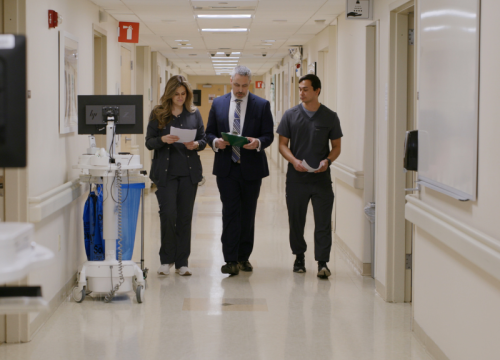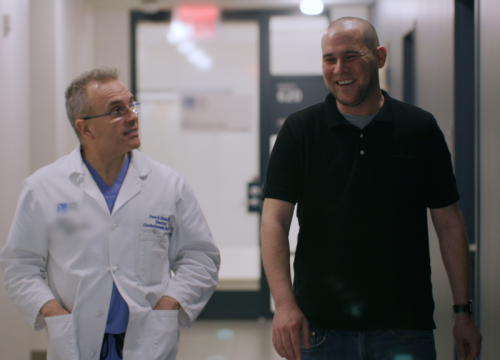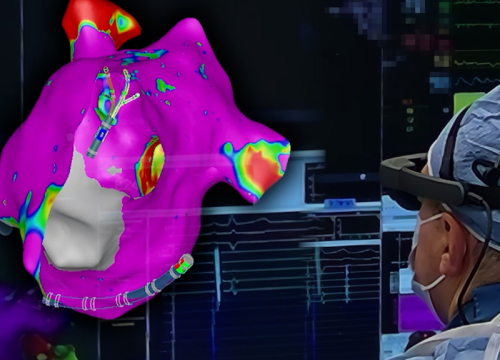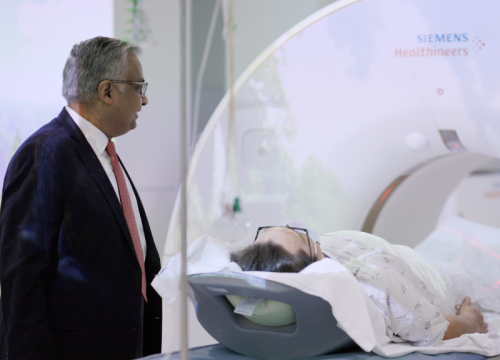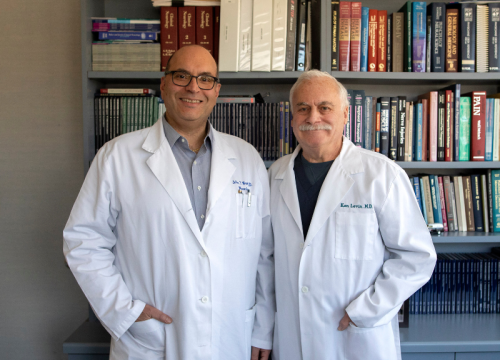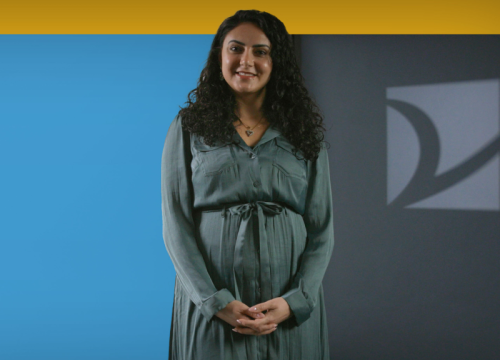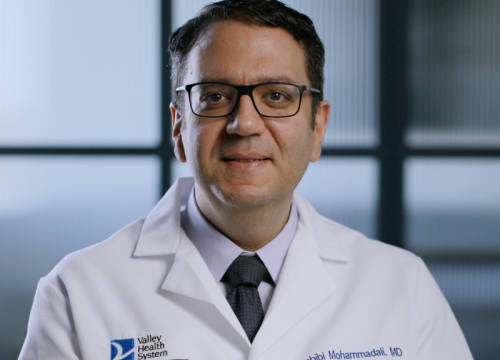The Valley Hospital’s pediatric surgical team offers the minimally invasive Nuss procedure to treat children that have pectus excavatum, also known as sunken or funnel chest.
Patient Stories

Explore stories of strength and inspiration from Valley patients who have undergone the Nuss procedure.
What Does the Nuss Procedure Treat?
The Nuss procedure is used to treat children with pectus excavatum, a condition involving the depression of the sternum (breastbone) and anterior chest. The severity of the depression typically ranges from mild to severe. Patients with mild cases may respond to an exercise and posture program, whereas more severe cases may require surgical correction.
Children with moderate to severe defects often experience shortness of breath, exercise intolerance, and chest pains from the compression and displacement of the heart as well as secondary lung compression.
Pectus excavatum tends to run in families and is often present at birth. As a child grows, the condition usually progresses, often showing dramatic deterioration during puberty.
How Does the Nuss Procedure Work?
The Nuss procedure is a minimally invasive and safe way to correct pectus excavatum. The procedure involves the insertion of a curved steel bar under the ribs and sternum to reshape the chest wall. The bar is individually curved for each patient and used to pop out the depression.
What to Expect
The procedure uses general anesthesia and advanced techniques for the management of pain after the operation. Two lateral incisions are made on either side of the chest for the insertion of the bar, where it is fixed to the ribs on either side. A small, steel, grooved plate may be used at the end of the bar to help stabilize and fix the bar to the chest wall. The bar is not visible from the outside and stays in place for a minimum of three years.
The immediate recovery time in the hospital is four to five days. Patients are expected to slowly resume normal, but restricted, activity. Most children can return to school in two to three weeks, with exercise restrictions for 12 weeks. Regular activity may resume after full recovery, which is usually at three months. About three to four years after insertion, the support bar is removed during an outpatient procedure, and patients can typically leave within two hours after removal.
Who Is a Candidate for the Nuss Procedure?
Not every child with pectus excavatum requires surgical correction. The surgical correction is performed for medical reasons, such as shortness of breath, exercise intolerance, and chest pain. After a complete health history, a thorough physical exam, and chest measurements and photographs, children whose condition is considered severe enough for surgery will be sent for further evaluation of cardiac status, metabolic exercise stress test, pulmonary function, and an MRI scan. This helps determine whether the patient fulfills the criteria for surgery.
The Nuss procedure is usually easier, and the recovery time is often faster, in children with severe pectus excavatum who are preadolescent due to the flexibility of the bones and cartilage. However, there has been an increase in the number of teenagers and adults undergoing the procedure, with equally positive results in many cases.







